India
Rescuers continued to pull people from debris on Tuesday after multiple landslides triggered by torrential rains in southern India killed 49 people.
Many others are feared trapped under the debris, officials said Tuesday, with rescue operations being hampered by bad weather.
The landslides hit hilly villages in Kerala state’s Wayanad district early Tuesday and destroyed many houses and a bridge, but authorities have yet to determine the full scope of the disaster.
Rescuers were working to pull out people stuck under mud and debris, but their efforts were hampered by blocked roads and unstable terrain.
PM Manoj, press secretary to the Kerala chief minister, said the landslides had killed at least 49 people so far.
Television visuals showed rescue workers making their way through mud and uprooted trees to reach to those who have been stranded.
Vehicles swept off the roads were seen stuck in a swollen river.
Authorities mobilised helicopters to help with rescue efforts and Indian army was roped in to build a temporary bridge after landslides destroyed a main bridge that linked the affected area.
“We are trying every way to rescue our people,” state Health Minister Veena George said.
In a post on social media platform X, Indian Prime Minister Narendra Modi said he was “distressed by the landslides in parts of Wayanad," a hilly district which is part of the Western Ghats mountain range.
“My thoughts are with all those who have lost their loved ones and prayers with those injured,” Modi wrote. He announced compensation of $2,388 to the victims’ families.
India’s weather department has put Kerala on alert as the state has been lashed by incessant rains.
Downpours have disrupted life for many, and authorities closed schools in some parts Tuesday. More rains are predicted through the day.
Kerala is prone to heavy rains, flooding and landslides. Nearly 500 people were killed in the state in 2018 in one of the worst floods.
The Indian Meteorological Department said the state has had heavy rainfall over its northern and central regions, with Wayanad district recording up to 28 centimetres (11 inches) of rain in the last 24 hours.
“Monsoon patterns are increasingly erratic and the quantum of rainfall that we receive in a short spell of time has increased.
As a result, we see frequent instances of landslides and floods along the Western Ghats,” said Roxy Mathew Koll, a climate scientist at the Pune-based Indian Institute of Tropical Meteorology.
Koll also said authorities must check on rapid construction activities happening over landslide areas.
“Often landslides and flashfloods occur over regions where the impact of both climate change and direct human intervention in terms of land use changes are evident,” he said.
A 2013 report by a federal government-appointed committee said that 37% of the total area of the Western Ghats mountains should be declared as an ecosensitive area and proposed restrictions on any form of construction.
The report’s recommendations have not been implemented so far because state governments and residents opposed it.
India regularly has severe floods during the monsoon season, which runs between June and September and brings most of South Asia’s annual rainfall.
The rains are crucial for rain-fed crops planted during the season, but often cause extensive damage.
Scientists say monsoons are becoming more erratic because of climate change and global warming




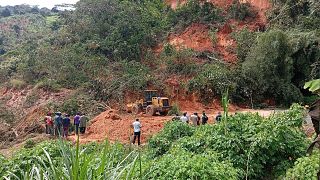
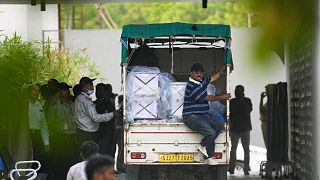
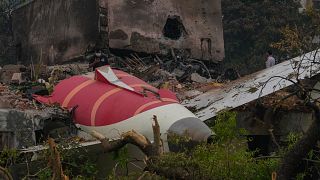
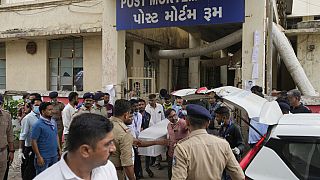

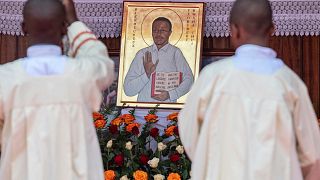

01:36
CO2 emissions on track to push Earth beyond 1.5 degree threshold by 2028, report finds.
00:24
Greenland and Iceland saw record heat in May
01:00
Mali suspends artisanal gold mining activities during rainy season
01:05
Torrential rains kill 25 in southern Nigeria, rescue efforts ongoing
01:37
World likely to breach temperature records, exceed 1.5°C limit by 2030
02:19
Zimbabwean, European artists collaborate on climate, sustainability